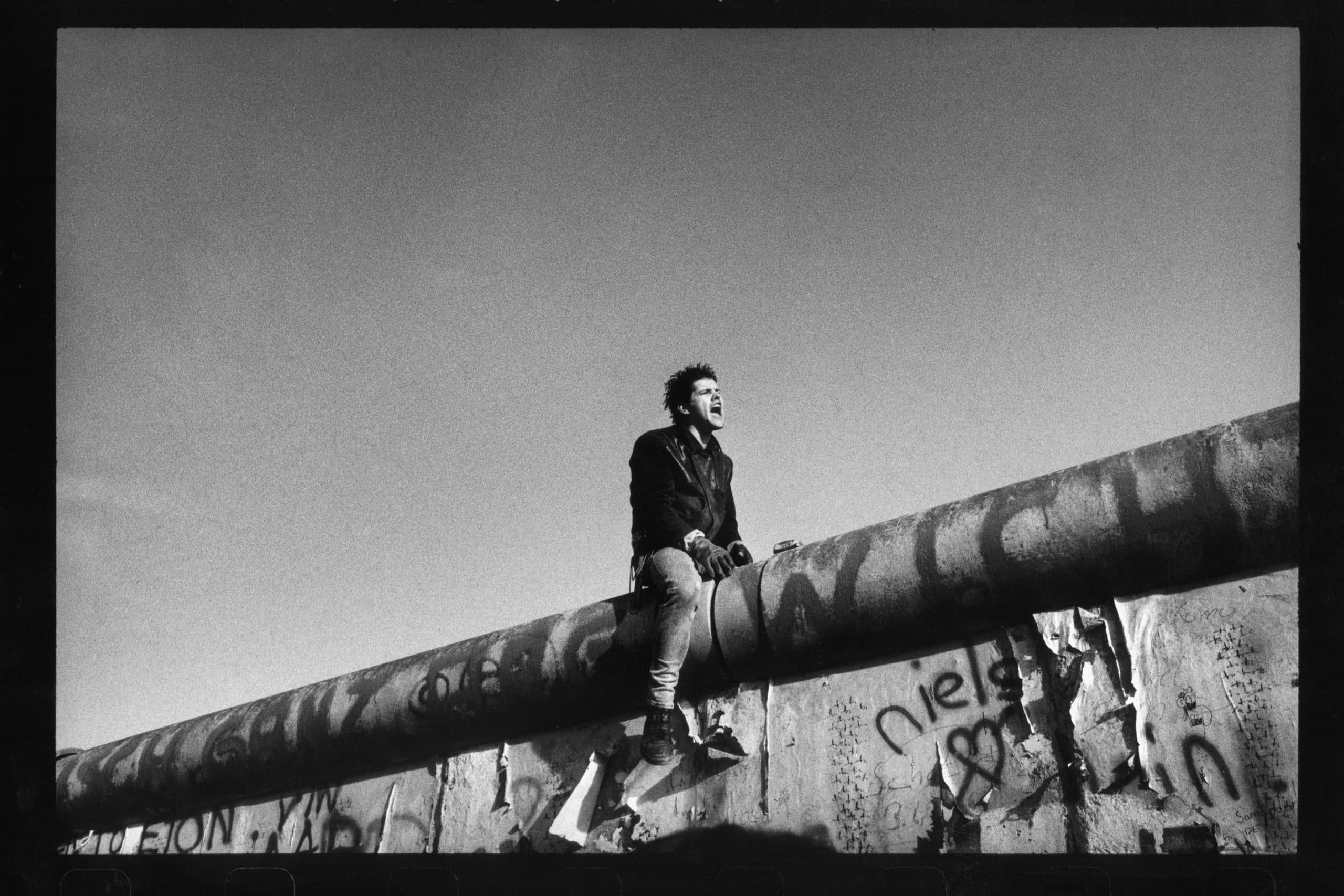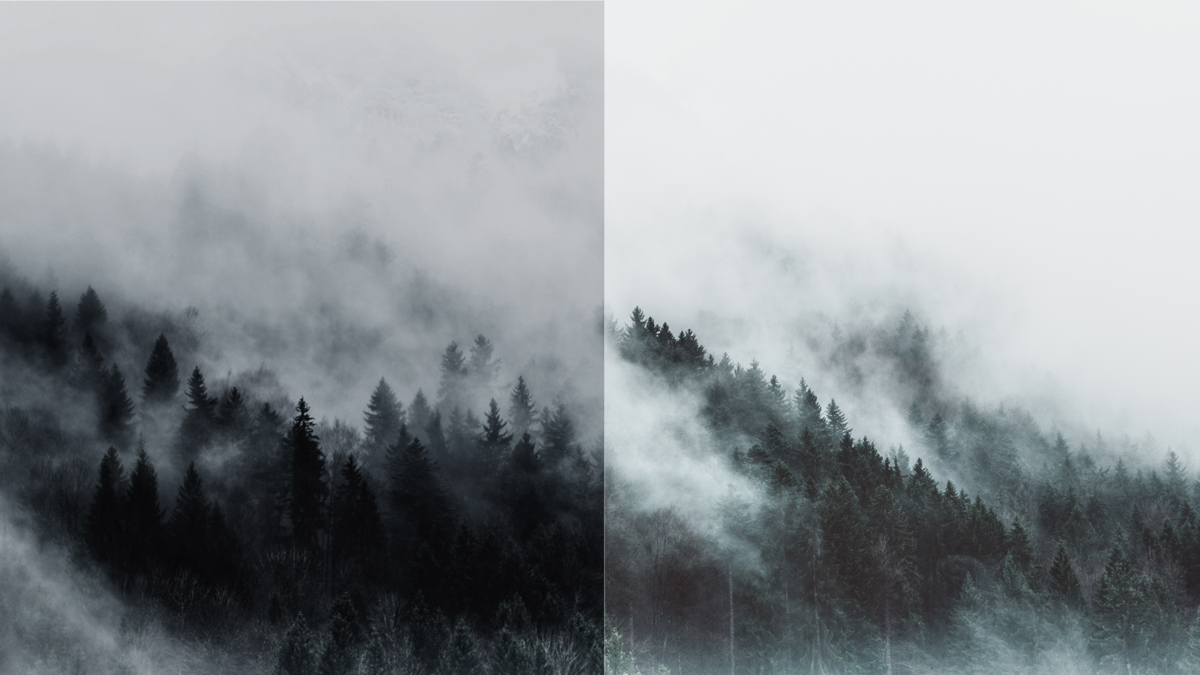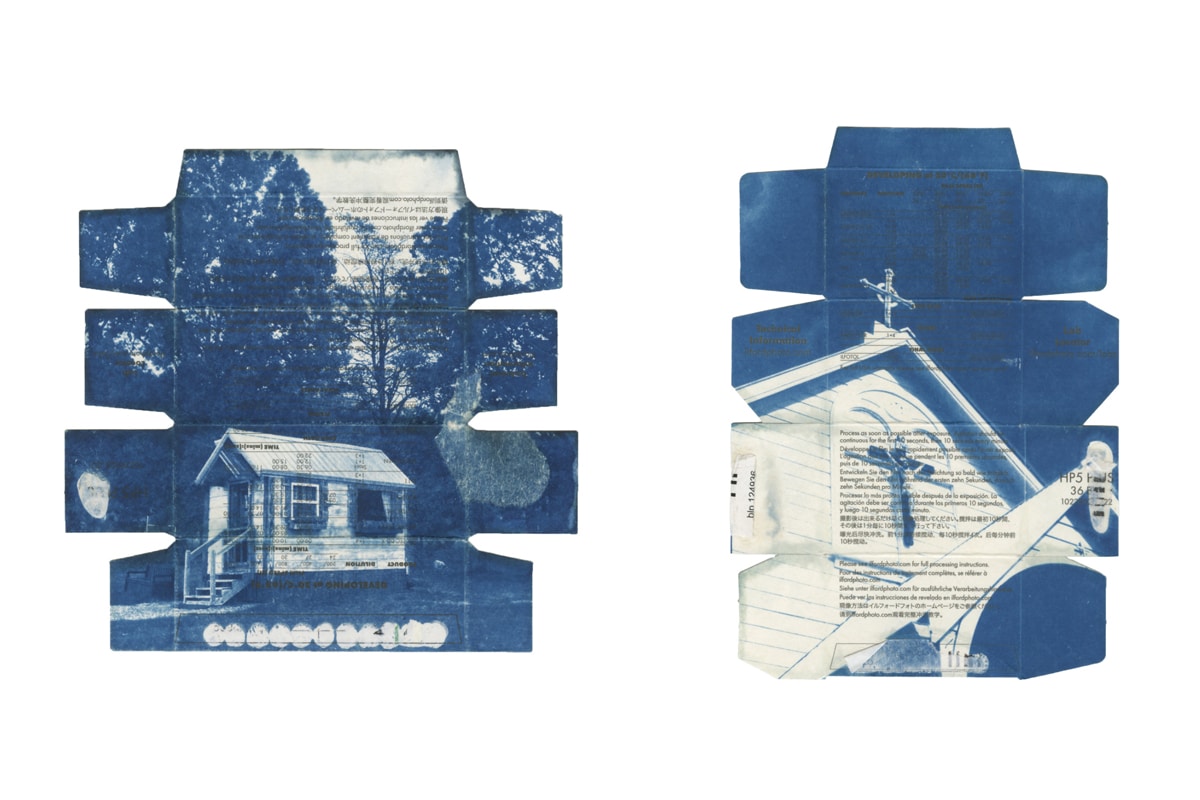After the end of World War II, four photojournalists who had documented the devastation—Robert Capa, Henri Cartier-Bresson, George Rodger and David “Chim” Seymour—formed a collective called Magnum Photos that aimed to explore and make sense of the world that remained. This summer, Magnum is celebrating its 70th birthday and the release of Magnum Manifesto a book which follows the history of the agency’s iconic photography.
In the decades since it was formed, Magnum photographers have been on the front lines of history, documenting conflicts ranging from the Spanish Civil War, to 9/11, to the wars in Iraq and Afghanistan, to the 2016 Nice terror attack. Beyond newsworthy events, Magnum photographers have also given us a peek into how other people live, from the fashion world of Harlem in the 1950s to the poignant faces of women struggling with addiction and homelessness.
“Addressing reality is the core mantra,” Magnum photographer and president Thomas Dworzak told us. But what exactly is Magnum Photos? What makes it unique? How do photographers become members? What type of work are they looking for?
We caught up with Dworzak to find out exactly what’s so special about this iconic photography institution, and get some practical advise for aspiring talent.
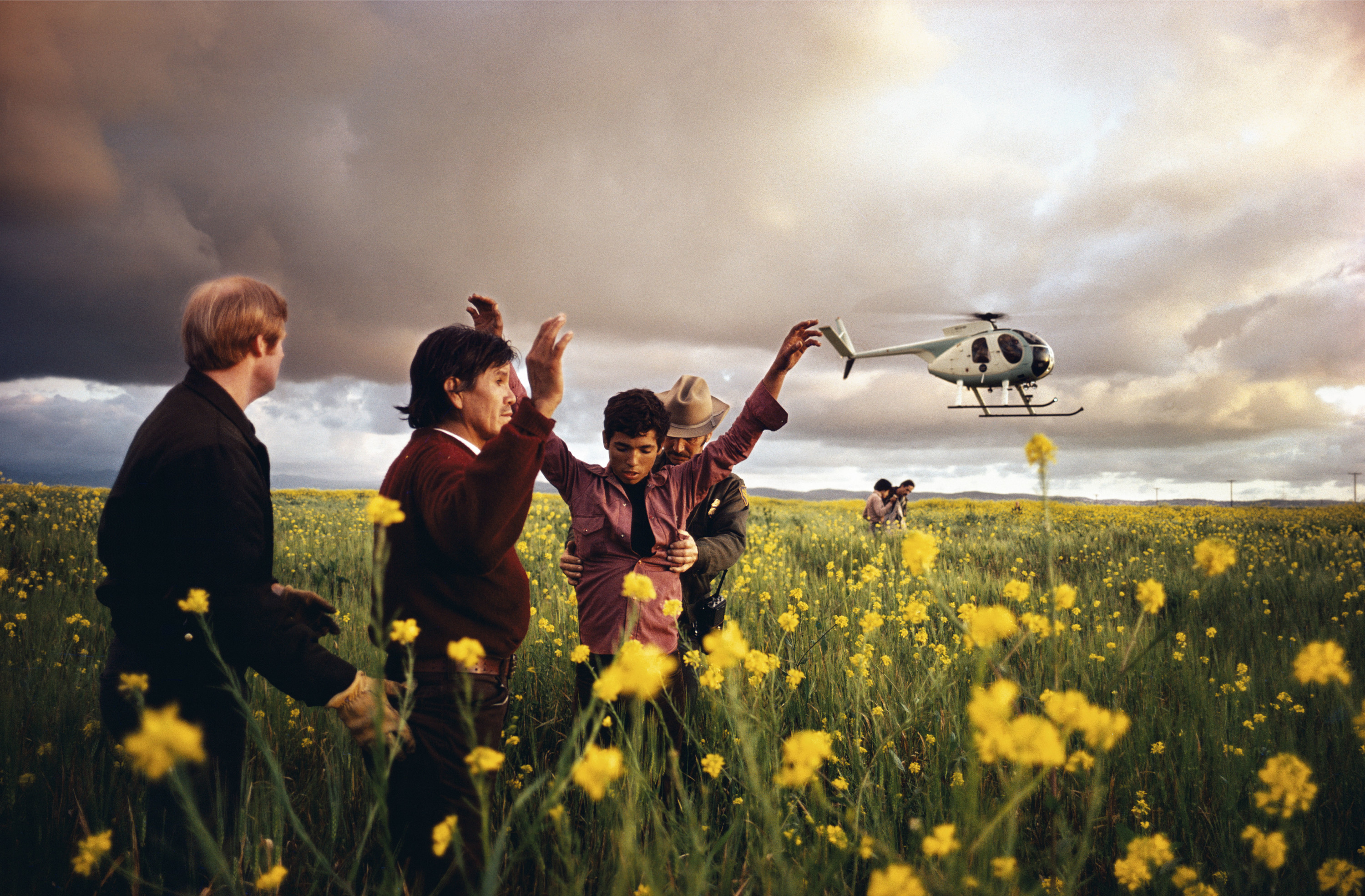
Alex Webb/Magnum Photos. USA. San Ysidro, California. 1979. Mexicans arrested while trying to cross the border to United States.
1. What exactly is Magnum Photos?
Magnum Photos is a commercial and cooperative photography agency. They have editorial offices in New York, Paris, London and Tokyo, and a physical catalog of about one million photographs, as well as more than 500,000 images online.
2. How do you become a member?
It’s a prestigious honor and takes about four years to become a full, lifetime member. Even if you die, you’re still represented by the agency. At the moment, there are 92 members, with 49 that are actively working.
Dworzak told us that he used photography as a ticket out of small-town life in Germany, running away to the Caucasus to become a photographer after finishing high school. He was photographing and learning languages, but didn’t start selling photos until the Kosovo War broke out. Dworzak bought a scanner and started selling images in 1999. A year later, Magnum Photos invited him to submit his portfolio for consideration as a member.
“It was a surprise. I thought you had to be a famous, old photographer,” Dworzak says. He became a full member in 2004, and spent the decade after 9/11 covering conflict in Afghanistan and Iraq. In recent years, he’s photographed the New York City Marathon (while running the 26.2 mile race), captured images at the Sochi Olympics, and continues to work on a project on the legacy of World War I, which is set to wrap up for the 100 year anniversary of the end of the war.

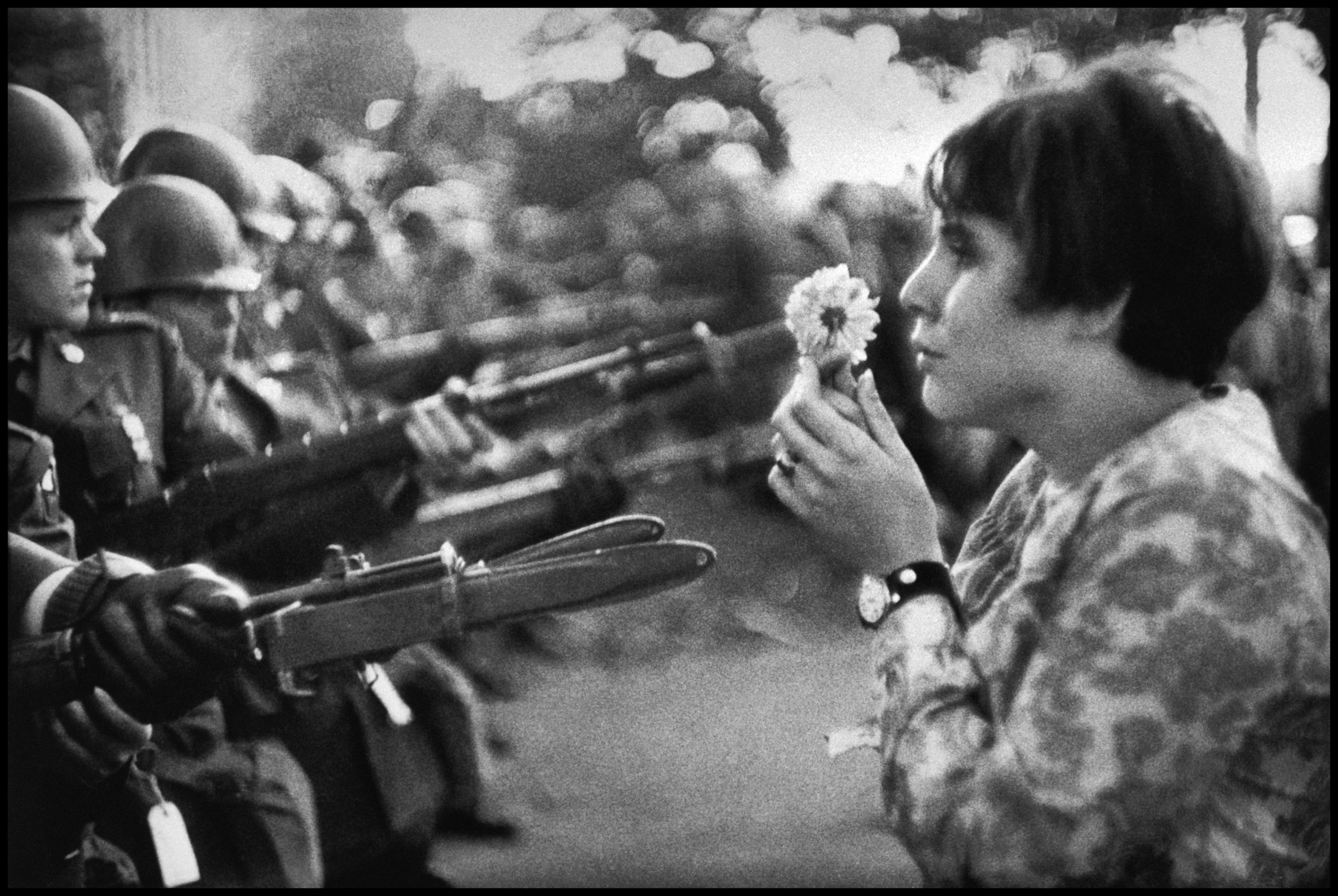
Marc Riboud/Magnum Photos. USA. Washington DC. 1967. An American young girl, Jan Rose KASMIR, confronts the American National Guard outside the Pentagon during the 1967 anti-Vietnam march. This march helped to turn public opinion against the US war in Vietnam.
3. What makes Magnum Photos different than other photography agencies?
At Magnum Photos, the photographers retain the rights to their work and own the agency. This economic model protected photographers from overzealous photo editors, and allowed the photojournalists to control a photo’s cropping and captions, and the opportunity to have their name appear with publication.
“Magnum staked its future on its ability to emancipate photographers and to position them as authors—proprietors of their own photographs and free to choose their own subjects. The thinking here was that photographers had everything to gain by abandoning commissions paid on a daily basis and instead selling their photos directly to their clients,” editors Clément Chéroux and Clara Bouveresse wrote in their Magnum Manifesto.
“It’s a privilege—we have a big agency and staff for a relatively small amount of photographers, so the attention we get is pretty high,” Dworzak says. “And we’re still the owners of the agency, we’re hiring the staff, and the collective is democratic about what route the agency should go. Nothing happens without us having a say in it.”
4. What type of photographers are they looking to feature?
Social media and smartphones have given everyone the tools to become a photographer. Dworzak said that he has noticed a difference in the photography landscape over the past decade—it’s no longer a small group of photographers hopping from conflict to conflict and selling photos to major print publications. However, with a rise in the number of photographers shooting, there also comes more outlets for photographers to showcase their work.
“When I was growing up, certain books like Farewell to Bosnia had such an impact,” Dworzak says. “Now, everything is more spread out, and you can find interesting photographers in strange places. It’s something we have to deal with, the amount of images, and we can’t turn back.”
When it comes to sharing advice for emerging photographers, Dworzak stresses that it’s best not to overthink your shots. “Forget about photography. Live an interesting life and take pictures. People are fast in picking up the tools, the craft of photography. The best moments that I’ve captured happened when I stopped thinking about photography. Go somewhere. Get passionate about something. Read a lot of books and look at a lot of photography. Train for it like it’s a sport.”
Magnum Photos continues to celebrate their 70th anniversary with events worldwide. Magnum Manifesto is on display at the International Center for Photography through the summer, Magnum 70 at 70 displays 70 iconic prints at NeueHouse until the end of September, and Thomas Dworzak has work showing in Call and Response at Alice Austen House. More information on events can be found here.
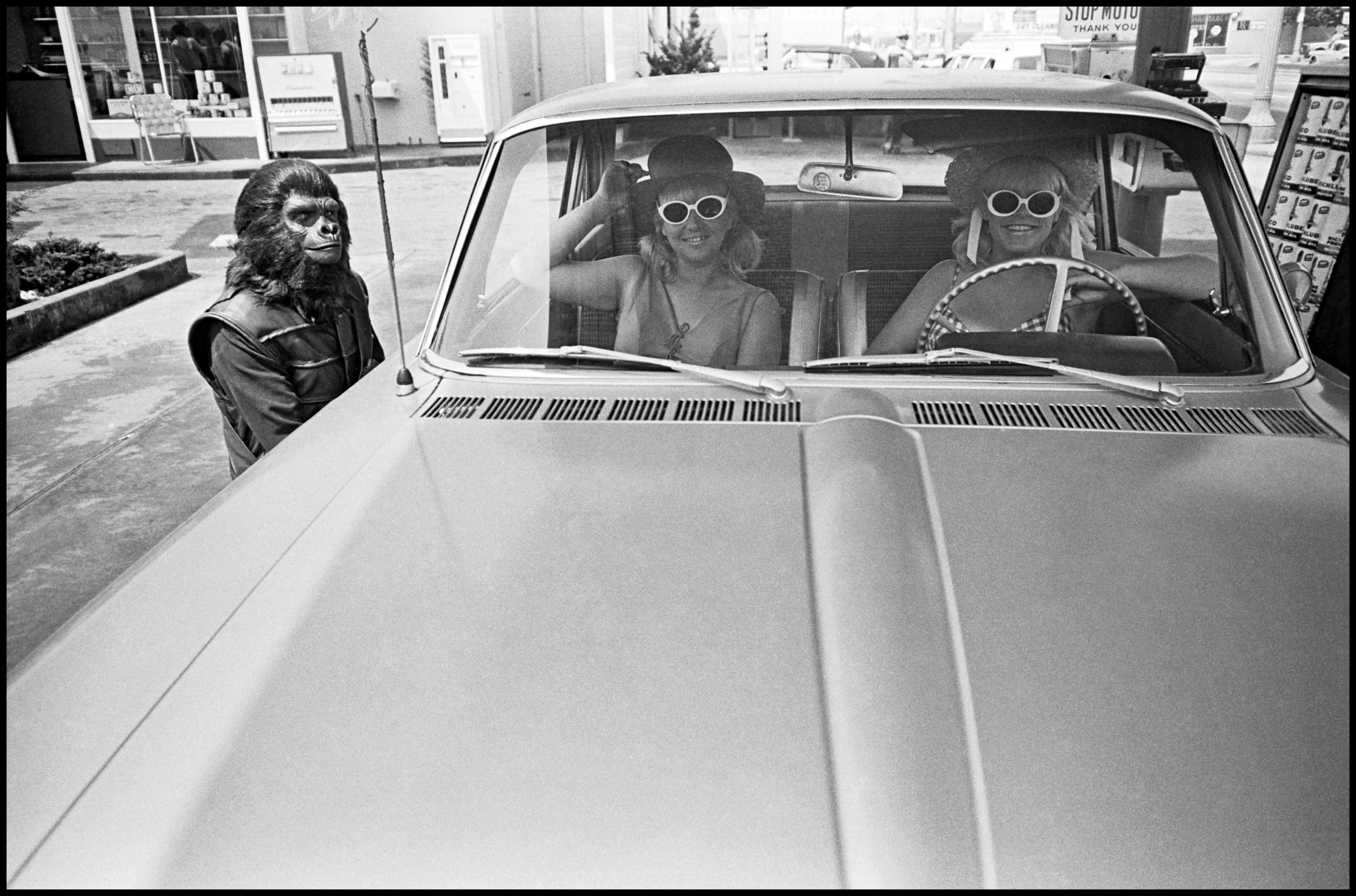
Dennis Stock/Magnum Photos. USA. California. 1967. On the set of “The Planet of the Apes.”
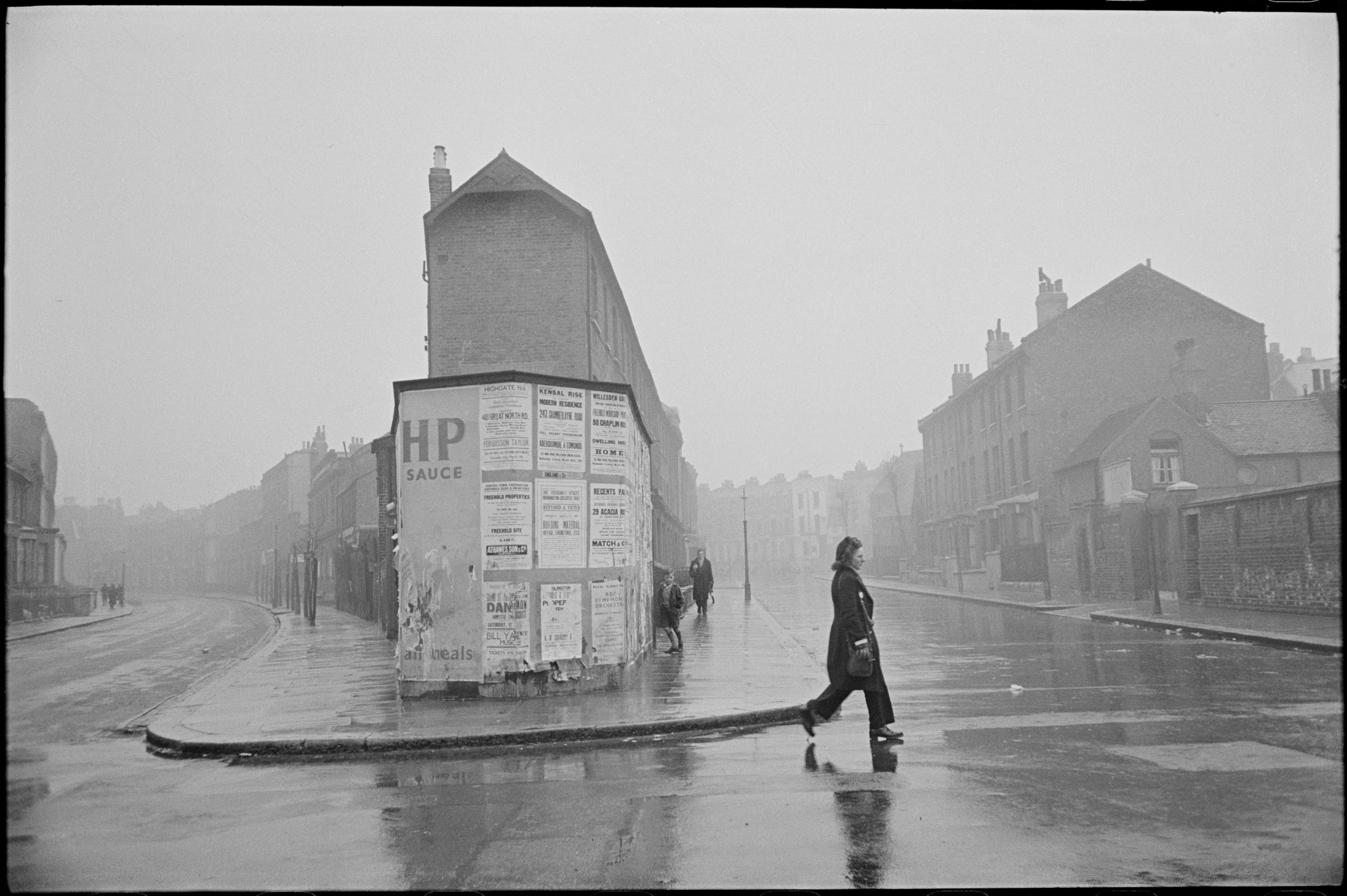
Henri Cartier-Bresson/Magnum Photos. GB. London. 1951.
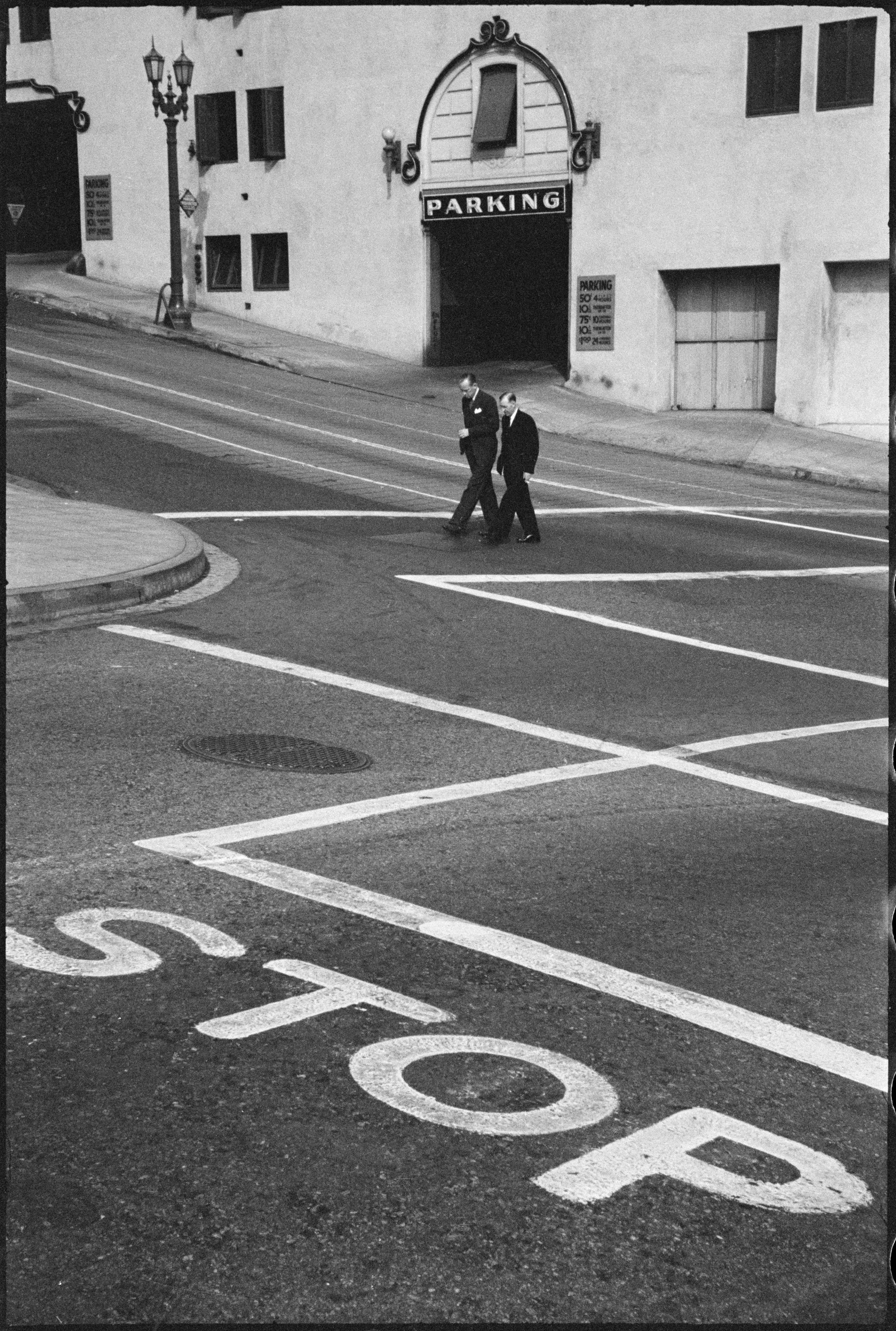
Henri Cartier-Bresson/Magnum Photos. USA. California. Los Angeles. 1947.
Cover image: Raymond Depardon/Magnum Photos. GERMANY. West Berlin. Between the Brandenburg Gate and Potsdamer Platz. November 11th, 1989. A young man sits on the wall between East and West Berlin.
